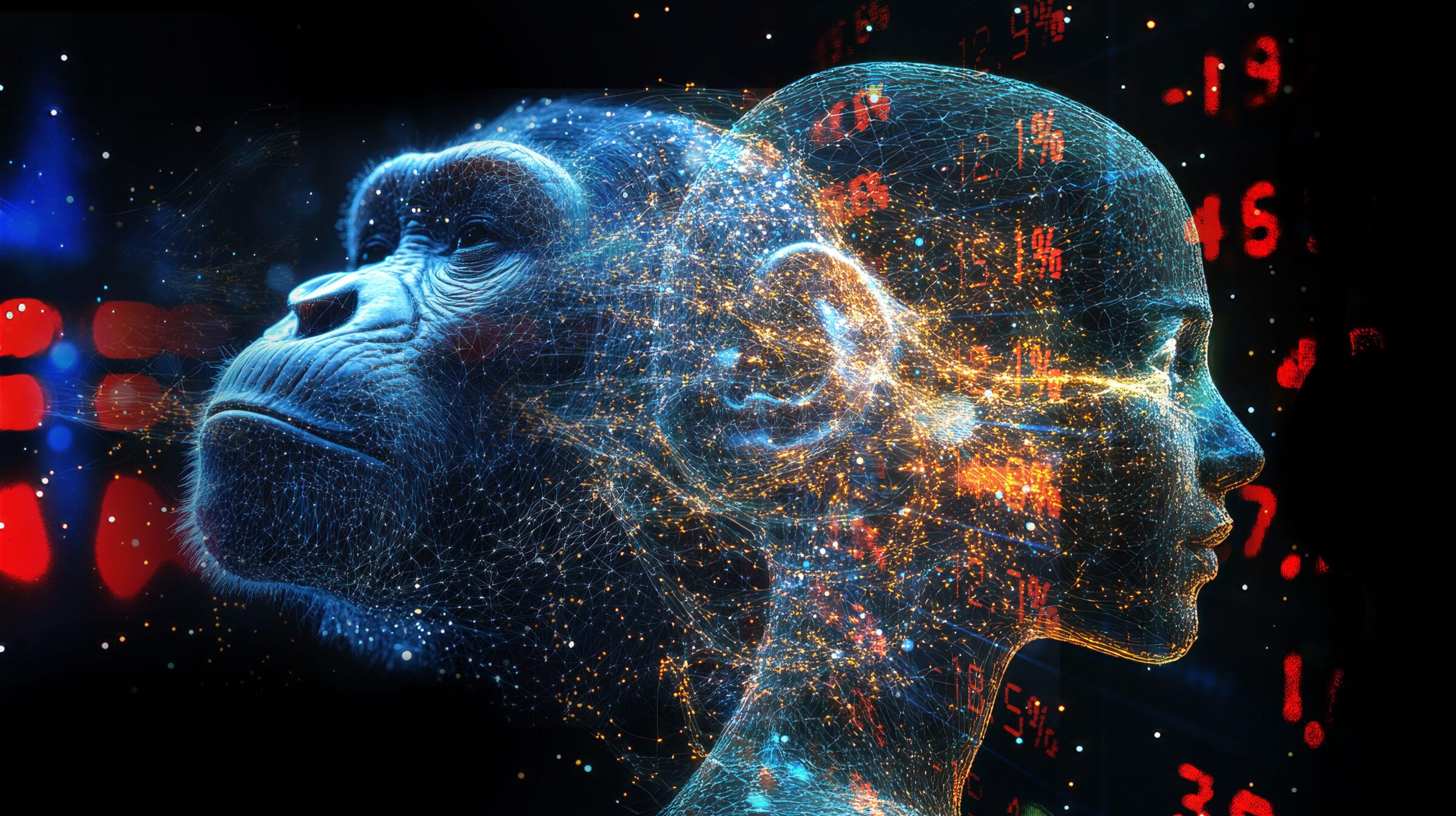Editor’s note: For the full “Chimps and Critics” series by Dr. Luskin, see here.
In this series we’ve been covering some objections to the claim that humans and chimps are 15 percent genetically different. Most of the objections so far — that the difference stem from “technical” failures or represent “junk DNA” — don’t really question the data from the new Nature paper showing that humans and chimps are 15 percent genetically different. This is consistent with how the icons of evolution are often treated: evolutionists admit they’re wrong, but diminish the mistakes and/or defend their continued usage. But one objection does seem to tacitly challenge these numbers.
In a previous post I noted that the technical paper’s Supplemental Data explains why one genome often had sections that would not align with the other genome:
Gap divergence is defined as the fraction of positions in the target haplotype that are not aligned to the other haplotype, which could be due to biological processes (e.g., gene loss/gain and insertions/deletions), missing data, or technical problems (e.g., alignment failure due to SVs, repetitive elements, etc.).
The Meaning of Missing
As I noted there, technical problems basically equal genetic differences. But this quote also raises the possibility of alignment failures due to “missing data.” One possible meaning of “missing” is that it’s supposed to be present but something went wrong in the genome sequencing process, so it’s missing. But this isn’t at all what I think they mean. Remember that the whole point of these new ape genomes is that they are supposed to be “complete” — after all the title of the paper is “Complete sequencing of ape genomes” and they repeatedly emphasize the completeness and accuracy of the genomes they are presenting:
We achieve chromosome-level contiguity with substantial sequence accuracy (<1 error in 2.7 megabases) and completely sequence 215 gapless chromosomes telomere-to-telomere. We resolve challenging regions, such as the major histocompatibility complex and immunoglobulin loci…
…Advances in long-read sequencing and new assembly algorithms were needed to overcome the challenge of repeats and to achieve the first complete, telomere-to-telomere (T2T) assembly of the human genome. Using these same methods, we recently published six additional pairs of complete sex chromosomes from distinct branches of the ape phylogeny. Although these initial projects targeted haploid chromosomes and required substantial manual curation, improved assembly methods now enable the complete assembly of diploid chromosomes. Using these methods, we present here complete, phased, diploid genomes of six ape species and make all data and curated assemblies freely available to the scientific community.
Note the repeated use of the word “complete.” Do you think they’re trying to tell us something? These are completely sequenced ape genomes. And their phrase “<1 error in 2.7 megabases” means less than one error in 2,700,000 bases — i.e., a sequencing error rate of 0.000037 percent.
A Huge Technical Achievement
This is all pretty impressive. It represents a huge technical achievement and they should receive the recognition they deserve. The genomes produced seem highly reliable, and the way science works, it seems like these are genome sequences we can trust. Of course if their genome assemblies turn out to be inaccurate somehow and are improved someday, then we can reevaluate the data. But for the moment, based upon what we know, the numbers we have calculated seem solid. To summarize:
The data show that human and chimp genomes have about 15 percent genetic differences, and we have good reasons to believe that these differences are reliable and real and even represent functional, meaningful DNA.









































